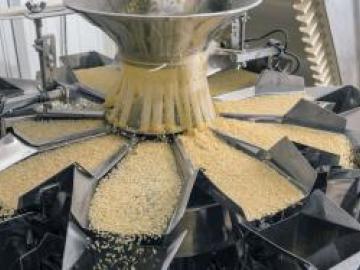When Planning Efficiency Upgrades, Don’t Ignore Vacuum - Reduced Power Consumption and Utility Incentives Drive Cost Savings
Electric utility incentive programs encourage industrial and manufacturing companies to reduce power consumption by paying part of the cost to upgrade to more efficient equipment. It’s a great concept, but many customers only go after low-hanging fruit, such as upgrades for lighting or air compressors, and go no further.





